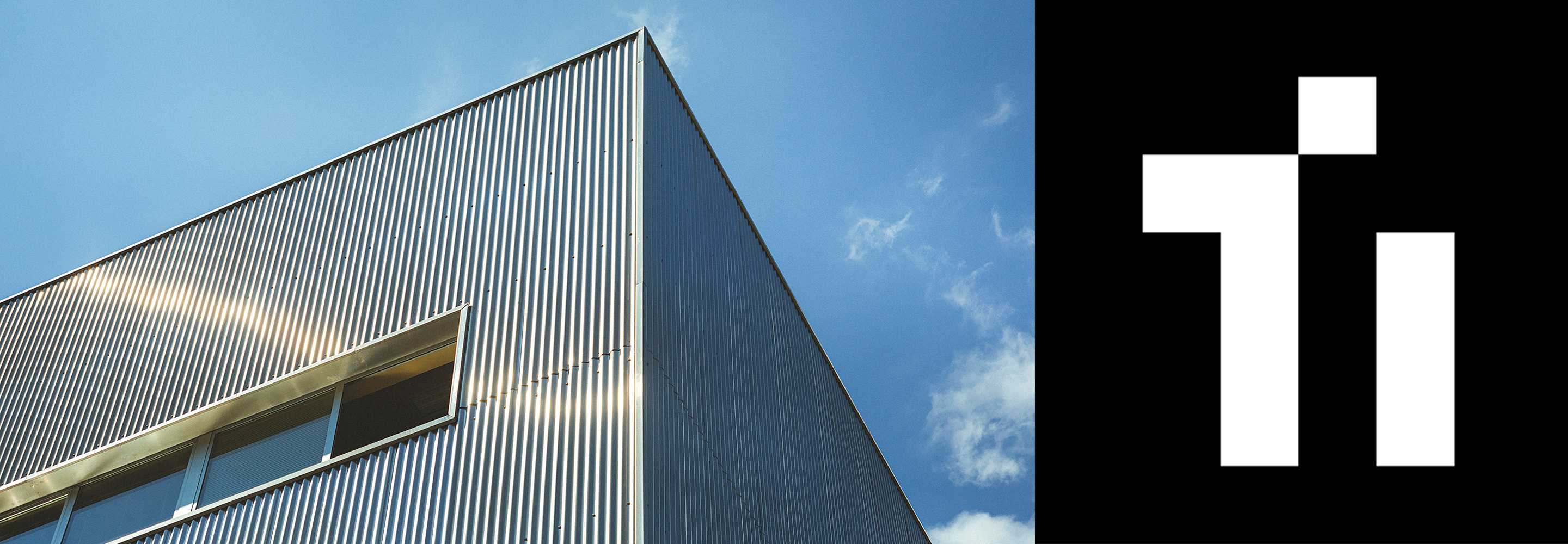
Conference about «danceroom Spectroscopy»: Interactive quantum molecular dynamics accelerated on GPU architectures
David Glowacki, researcher and professor, will give a conference at CiTIUS about an interactive audiovisual installation tool that has been recently featured at the London 2012 Cultural Olympiad, and London’s Barbican Arts Centre. The event will take place next Tuesday November 20th, and it belongs to Campus Vida's International Seminars Program, known as «Frontiers in Science».
Originally from Milwaukee (USA), Glowacki works as a postdoctoral researcher and professor in United Kingdom, at the University of Bristol. Though his youth, he has published already many articles in renowned scientific publications as Science, and he has developped the current project at the multi-disciplinary lab Pervasive Media Studio.
«danceroom Spectroscopy (dS)» is a new performance tool built from algorithms commonly used to simulate and analyze quantum molecular dynamics. Using an array of up to seven simultaneous depth sensors, dS literally interprets and renders humans as “energy landscapes”. The result is an interactive system where movement is interpreted as perturbations in a virtual energy field.
Graphically, users perceive this interaction via projections of their energy field embedded in a simulation of thousands of interactive particles that fluidly react to the real-time motion of their fields. The data are packaged into appropriate structures, and sent to an electronica musician for sonification, allowing users to hear the sonic effect of their field perturbations within the atomic nano-physics.
«danceroom Spectroscopy (dS)» is a new attempt at visualizing the nano-world, but with a twist. It puts us in the picture. People can literally step into, wander through, and interact with the nano-world.
«danceroom Spectroscopy (dS)» invites you to move, observe, play, and even dance.
Videos
danceroom Spectroscopy (dS)
On-site event
/events/conferencia-sobre-danceroom-spectroscopy-dinamica-molecular-cuantica-acelerada-sobre-arquitecturas-gpu
events_en